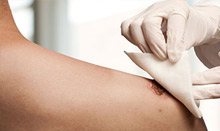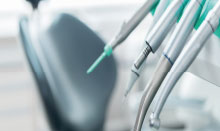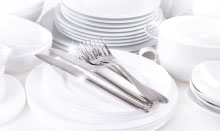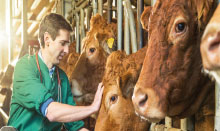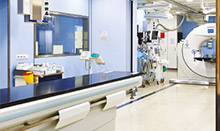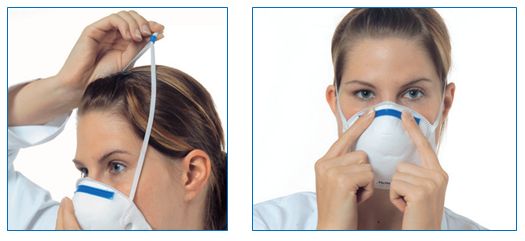The mask is a personal protective equipment that protects employees against dust and particles of physical, chemical, biological agents.
Mask Types
Surgical medical masks are produced according to TSE-EN 14683 standard and are CE certified masks designed to limit the transmission of infectious agents from personnel to patients and from patients during surgical procedures in operating rooms and other medical environments with similar characteristics, surgical masks are 2 or 3 layers of paper or They are made of fabric.
Respiratory protective devices are approved by the FDA according to the occupational health and safety standards determined by the American National Institute for Occupational Safety and Health (NIOSH), and the document masks are classified as N95, N99 N100, produced according to TSE-EN 149 standard and CE ‘ Respiratory protective devices – Filtering half masks against particles ‘ EN 149: Dust masks are classified as the new European Standard masks FFP1, FFP2, FFP3. Personal protective equipment is under the supervision and control of the Ministry of Labor and the production and sale of products that do not have an approved CE or FDA certificate is prohibited.
Link The 197th and 81st pages of the National Microbiology Standards Laboratory Safety Guide published by the Ministry of Health of the Republic of Turkey, Public Health Institution. In this guideline, the biological factors risk group is determined as 2 for humans and the Biosafety level is determined as 2+.
Particle filter respirators are also called “filtering facepiece”. Such respirators are divided into 3 categories with FFP derived from the words “filtering facepiece” and numbers appended to it (FFP1, FFP2 or FFP3).
Adopted by the European Union , this categorization is related to how many times the filters reduce the risk of aerosol contamination. When used under appropriate conditions, FFP 1 reduces the contamination risk 4 times, FFP 2 10 times and FFP3 20 times.
In other words, their filtering efficiency is 80%, 94% and 99.97% for FFP1, FFP2 and FFP3, respectively. These respirators must comply with the EN149: 2001 + A1 (2009) standard. The markings on the mask explain the properties of the mask.
There is no difference in protection between respirators with and without valves. In those with a valve, it is a little easier to breathe and the glasses are less foggy, especially if glasses are used together.
In the guide published by the World Health Organization (WHO), the characteristics of the Respirators that health professionals should use are specified. According to this;
- Respirator (s) minimum “N95” according to FDA Class II (21 CFR 878.4040 and CDC NIOSH)
- European Union PPE Regulation 2016/425 III. It is recommended to use a minimum “FFP2” respirator conforming to category (EN 149).
WHO and CDC (Centers for Disease Control and Prevention / USA Disease Control and Prevention Center) state that 3-layer Surgical medical masks in accordance with TSE-EN 14236 standard are sufficient for walking around in the community.
Healthcare professionals are recommended to use masks with minimum FFP3 (N95) or FFP2 protection as personal protective equipment for the respiratory system during patient examination.
It should not be forgotten that FFP3 (N95) or FFP2 and above masks are used not only for biological risks but also for chemical and physical particles, and there are many types such as activated carbon etc., additional features developed for these chemical / physical properties, the presence of valves for air exchange. Masks with protection over FFP3 or FFP2 are ideal for healthcare professionals only.
It is as important as the correct selection of Personal Protective Equipment.
Example of FFP3 Mask wearing style:
ATTACHING THE MASK
- Hold the mask in your hand with the ties dangling.
- Place the mask under your chin and over your nose and pull the short strap over your head and behind your neck.
- Pull the long strap into place at the back of your head, making sure it fits over your ears. Adjust the nose clip to minimize leakage
- Cover the mask with both hands and exhale. The mask should swell slightly. If air escapes from the sides of the mask, readjust the mask until it fits properly and make sure the nose clip is placed correctly on your nose.
- The mask is ready to use.
CHECKING THE MASK
Warning: Beards in the sealing area of the mask can cause leakage. Make sure that the mask always creates a tight seal before entering a hazardous atmosphere. This poster is not a substitute for reading and understanding the usage instructions before using the specified mask!


